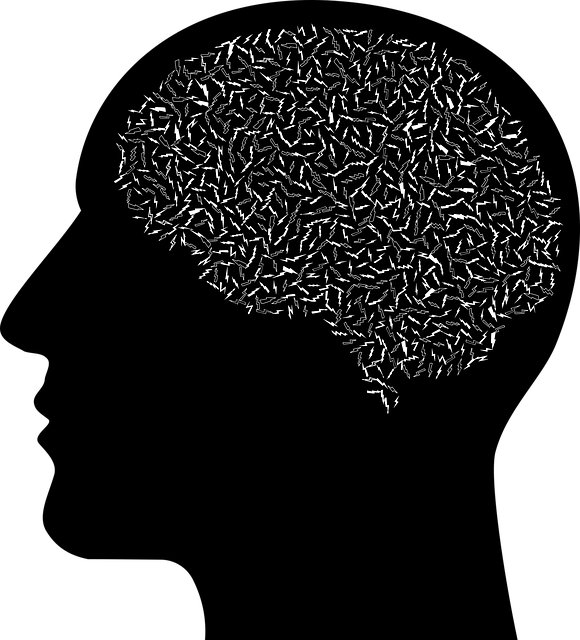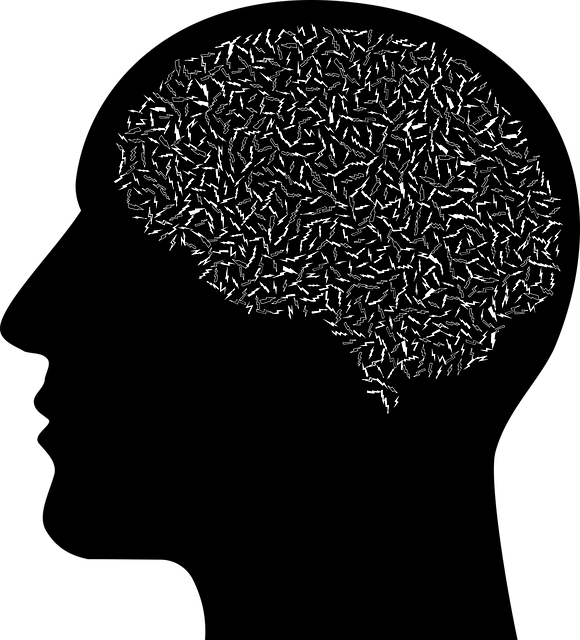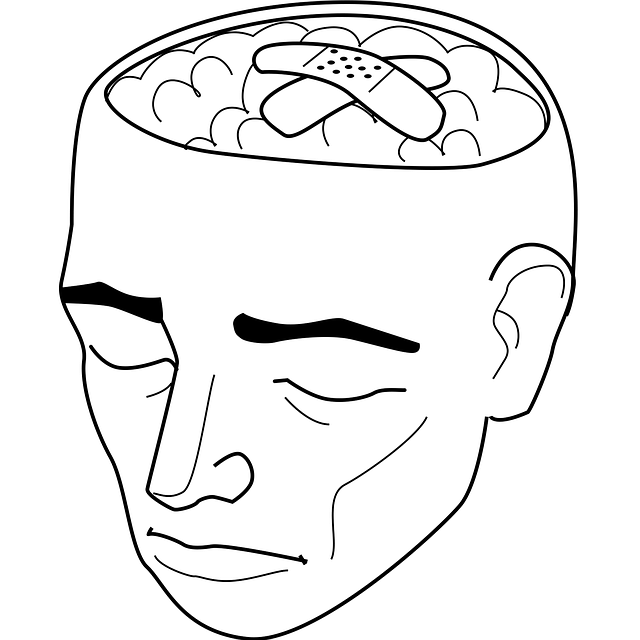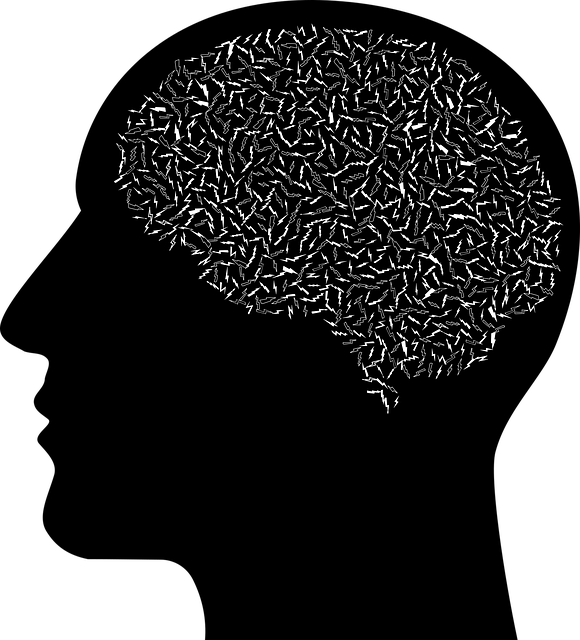Healthcare providers face burnout due to high-stress environments and demanding schedules, leading to emotional exhaustion, depersonalization, and reduced personal accomplishment. Recognized as a mental health issue, burnout can be addressed through specialized approaches like Parker Dissociative Disorder Therapy (PDDT). This therapy encourages self-exploration, fosters healthier relationships, and enhances job satisfaction, promoting resilience in the healthcare system. Burnout prevention is crucial for maintaining work-life balance, with strategies including PDDT, Mental Wellness Journaling Exercises, and compassion cultivation practices to reduce stress, improve self-care, and ensure exceptional patient care.
Healthcare provider burnout is a growing concern, impacting not only individual well-being but also patient outcomes. This comprehensive guide explores strategies to combat burnout among healthcare professionals. We delve into the root causes, offering practical tips for prevention. From workload management and self-care practices to innovative therapies like Parker Dissociative Disorder Therapy, this article equips readers with tools to navigate the challenges of modern healthcare, fostering resilience and improving work-life balance.
- Understanding Burnout Among Healthcare Providers
- Effective Strategies for Preventing Burnout
- The Role of Dissociative Disorder Therapy in Combating Burnout
Understanding Burnout Among Healthcare Providers

Burnout among healthcare providers is a growing concern, as these professionals often face high-stress environments and demanding work schedules. It’s characterized by emotional exhaustion, depersonalization, and reduced personal accomplishment, impacting their overall well-being and patient care quality. The American Psychiatric Association recognizes burnout as a legitimate mental health issue, with the Parker Dissociative Disorder Therapy offering a specialized approach to address its root causes.
This phenomenon is not just physical but also psychological and emotional, often stemming from chronic job-related stress. Healthcare providers may struggle with feelings of detachment from their work, reduced empathy towards patients, and a sense of inadequacy or frustration. Implementing strategies such as Social Skills Training, Compassion Cultivation Practices, and Confidence Boosting can help mitigate burnout. These practices promote self-care, foster healthier relationships with colleagues and patients, and enhance job satisfaction, ultimately improving the healthcare delivery system’s overall resilience.
Effective Strategies for Preventing Burnout

Burnout prevention is a crucial aspect of maintaining a healthy work-life balance for healthcare providers. Recognizing the signs and implementing effective strategies early on can be a game-changer in mitigating burnout. One powerful tool that offers both stress reduction methods and self-awareness is Parker Dissociative Disorder Therapy (PDDT). This therapeutic approach encourages individuals to explore their thoughts and emotions, fostering a deeper understanding of themselves and their reactions to stressful situations. By integrating PPDT techniques, healthcare professionals can enhance their mental wellness and develop healthier coping mechanisms.
In addition to professional therapy, engaging in regular Mental Wellness Journaling Exercises is an excellent way to promote self-reflection and self-esteem improvement. Dedicating time each day to write down thoughts, feelings, and experiences allows individuals to process their emotions effectively. This practice enables healthcare providers to identify potential triggers for stress or burnout and implement proactive solutions. Moreover, journaling can serve as a creative outlet, providing an opportunity for artistic expression and emotional release, both of which contribute to overall mental wellness.
The Role of Dissociative Disorder Therapy in Combating Burnout

In the relentless pursuit of exceptional patient care, healthcare providers often find themselves at risk of burnout due to prolonged exposure to stress and emotional exhaustion. This is where Dissociative Disorder Therapy (DDT), pioneered by Dr. Charles Parker, plays a pivotal role in combating this growing concern. DDT focuses on helping professionals cultivate a sense of detachment from emotionally taxing situations, enabling them to maintain their mental fortitude. By promoting a strategic approach to managing stress and emotional responses, this therapy empowers healthcare workers to develop resilience against burnout.
Integrating compassion cultivation practices within DDT further enhances its effectiveness. These practices encourage professionals to nurture empathy and understanding, not only towards patients but also themselves. This self-care aspect is crucial in building mental fortitude, allowing healthcare providers to better navigate challenging situations and crises. With crisis intervention guidance woven into the therapy’s fabric, healthcare workers gain invaluable tools to manage acute stress, thereby preventing burnout from setting in.
Burnout among healthcare providers is a growing concern, but with the right strategies, it can be mitigated. By understanding the causes and symptoms of burnout, as well as implementing effective prevention tactics, such as those outlined in this article, the healthcare industry can foster a healthier and more sustainable work environment. Dissociative disorder therapy, specifically as offered by Parker Dissociative Disorder Therapy, plays a crucial role in combating burnout by addressing underlying mental health issues that may contribute to professional exhaustion. Adopting these strategies collectively can lead to improved provider well-being and enhanced patient care.














